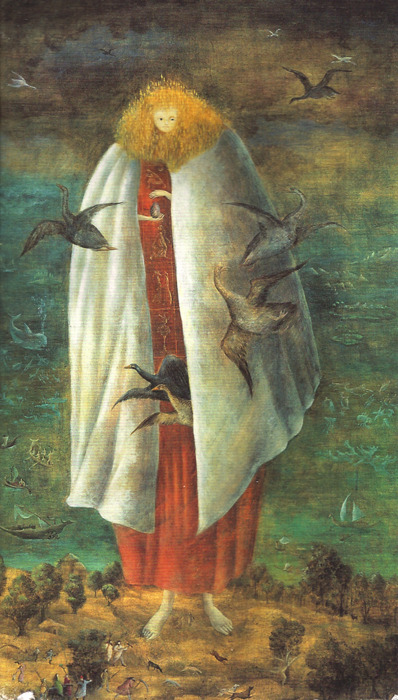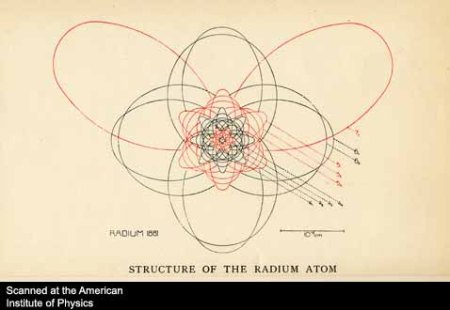
About
My current blog can be found here
*
This site elaborates on a number of themes generated by my research into and interpretation of prehistoric rock art in Britain and Ireland and beyond. This activity was incorporated into a PhD entitled The World’s End: Rock Images, Altered Realities and the Limits of Social Theory (University of Manchester 2004) and evolved to draw upon the textual universe of James Joyce’s novel Finnegans Wake in a subversive ‘misappropriation’ of then current ‘archaeologies-of-text’, predicated as they were on the Aristotelian linguistic foundations of (post-)structuralism. Owing more to ‘Platonic’ or ‘Rosicrucian’ linguistics, attuned to the signatures of all things, the PhD’s eclectic register in its interpretation of seemingly disparate phenomena was consonant with the collage aesthetic which emerged with the twentieth-century artistic avant-garde. The patterns of association radiating from this project incorporated the activities and writings of such diverse people as Asger Jorn, the situationists, Walter Benjamin and surrealist artists such as Leonora Carrington.
With this site I wish to elaborate on themes relatively undeveloped in what was an ‘imperfect’ academic document, in combination with other themes which have emerged in the intervening years. I have chosen the term, the grammar of matter, to draw together this old and new material. The term is derived from a caption accompanying a drawing of the trajectories along which the radium atom moves, published in Asger Jorn’s article ‘Living Ornament’ (Levend Ornament) in 1949: “Ornament exists as an objective reality in the smallest particles of matter and forms the basis for the subjective pleasure mankind experiences in ornament, which is simply the grammar of matter, the mathematics of material.”
This microscopic view of ornament is elaborated into a macroscopic dimension in this statement by Scandinavian situationists:
It was about the radiation of art into pure existence, into social life, into urbanism, into action and into thinking which was regarded as the important thing
(Situationister i konsten 1966).
“Gramma’s Grammar” (FW268.17) is at the heart of the textual universe of Finnegans Wake, written to imitate the flow of water and its universal babelian speech, the element personified in the figure of the Gran’mère , Anna Livia Plurabelle (ALP) in the novel, a person consonant with Giordano Bruno’s conception of matter:
Matter is not that mere empty capacity which philosophers have pictured her to be, but the universal mother who brings forth all things as the fruit of her own womb
(quoted in Masuzawa 2000:255)
Further, it has been suggested that there may be a close relationship between the proliferating form of Ulysses and Finnegans Wake and the tradition of open and evolving commentary in Judaism, an affinity between Joycean and rabbinical textual modes (Nadel 1989, Connor 1995: 219). The Wake is, after all, “the book of Dumlat”, the Talmud in mirror writing…
The feminine trope that Joyce deploys in the proliferating form of his novels accords with the concept of ‘the world that is coming’ in Kabbalistic mysticism. Not to be confused with futurity, ‘the world that is coming’ is already in existence, identified with the sephira of Binah, the Divine Mother who flows and engenders the seven lower sephiroth. She is ‘the world that is coming, constantly coming and never stopping’ (Matt 1995:203), like Joyce’s writing of the riverine flow of ALP:
Where did I stop? Never stop. Continuarration! You’re not there yet. I amstel waiting. Garonne, garonne!
(FW 205.3-15).
At heart, the collage of texts and images combined here is about questioning an impoverished, austere view of human/animal ‘nature’ and sociality imposed by an economic rationality which is having a deleterious effect on the possibilities of living a life on this earth, a world where the ideal of academic detachment invites complicity with the social forces driving us to destruction.
Simon Crook
* The above picture is entitled The Giantess or The Guardian of the Egg (1947) by Leonora Carrington.

